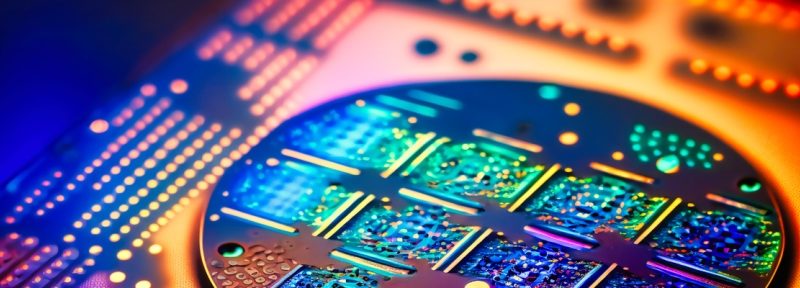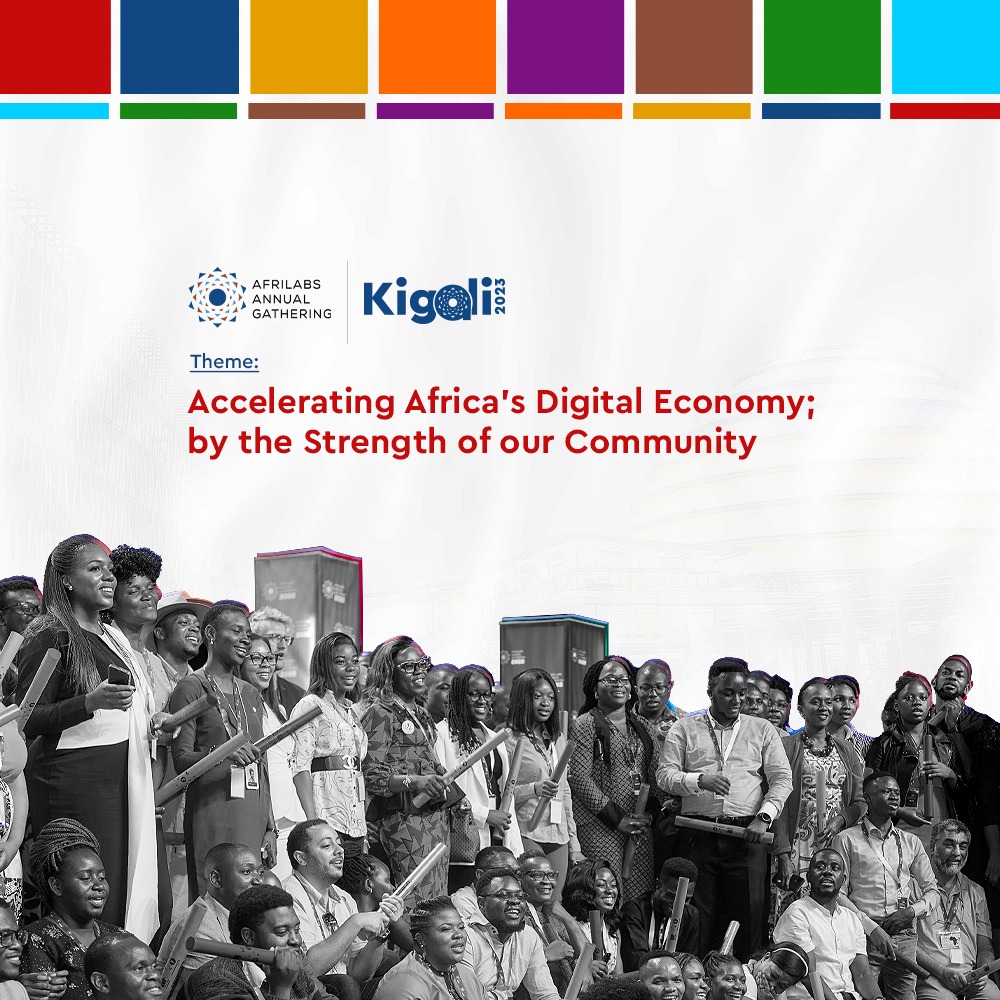Despite in scientific research in multiple technologies, European industry faces challenges in translating quantum technology innovation into robust and scalable hardware processes and products. Project Qu-Pilot will change this by leveraging the existing piloting infrastructure predominantly distributed across the European research and technology organizations (RTOs).
RELATED: Blockchain technology delivers ‘scalable efficient CBDC’
The end goal is to accelerate the time-to-market of European industrial innovation in quantum technology and help establishing a trusted supply chain. Frau
Success of the European start-ups and small and medium enterprises (SMEs) depends greatly on the efficient conversion of prototypes to pilots to production. Piloting, however, requires time and, in many cases, significant investments in infrastructure.
These high costs represent a significant barrier for start-ups and SMEs to enter the very competitive quantum technology market early enough with their product. Project Qu-Pilot wants to change this.
The aim is be to upgrade the existing pilot line infrastructures in Europe, predominantly distributed across the research and technology organizations (RTOs), and to enable product development loops together with the quantum technology hardware industry in Europe. The end goal is to accelerate the time-to-market of European industrial innovation in quantum technology and help establishing a trusted supply chain.
The federated pilot lines are categorized into four technology platforms based on existing and under-development pilot lines across Europe. These focus on the four approaches of superconducting / photonics / semiconducting and diamond technologies. The various technology platforms provide solutions predominantly for different applications. Superconducting technology is one of the most established platforms for quantum devices.
Broadly speaking, superconducting circuits and ion traps are the most mature quantum computing platforms, while photonics and nitrogen-vacancy (NV) centers in diamond platforms are dominant in quantum communications, and the diamond platform is also recognized as a suitable platform for sensing.
Fraunhofer IPMS contributes its expertise in state-of-the-art, industry-compatible CMOS semiconductor fabrication in 300 mm wafer standard to push the semiconducting and superconducting platforms. This concerns, for example, manufacturing processes such as deposition and nanostructuring or electrical characterization at wafer scale.
A special focus is on metallization and BeoL module improvement. Several technological modules for superconducting local and global interconnects will be optimized which are essential for integrated semiconductor qubit initialization, control, and readout for large scale concepts. The end goal is to demonstrate an improved process and materials for low-loss superconducting electrodes as well as the demonstration of superconducting BEOL module comprising at least a via and trench level.


































